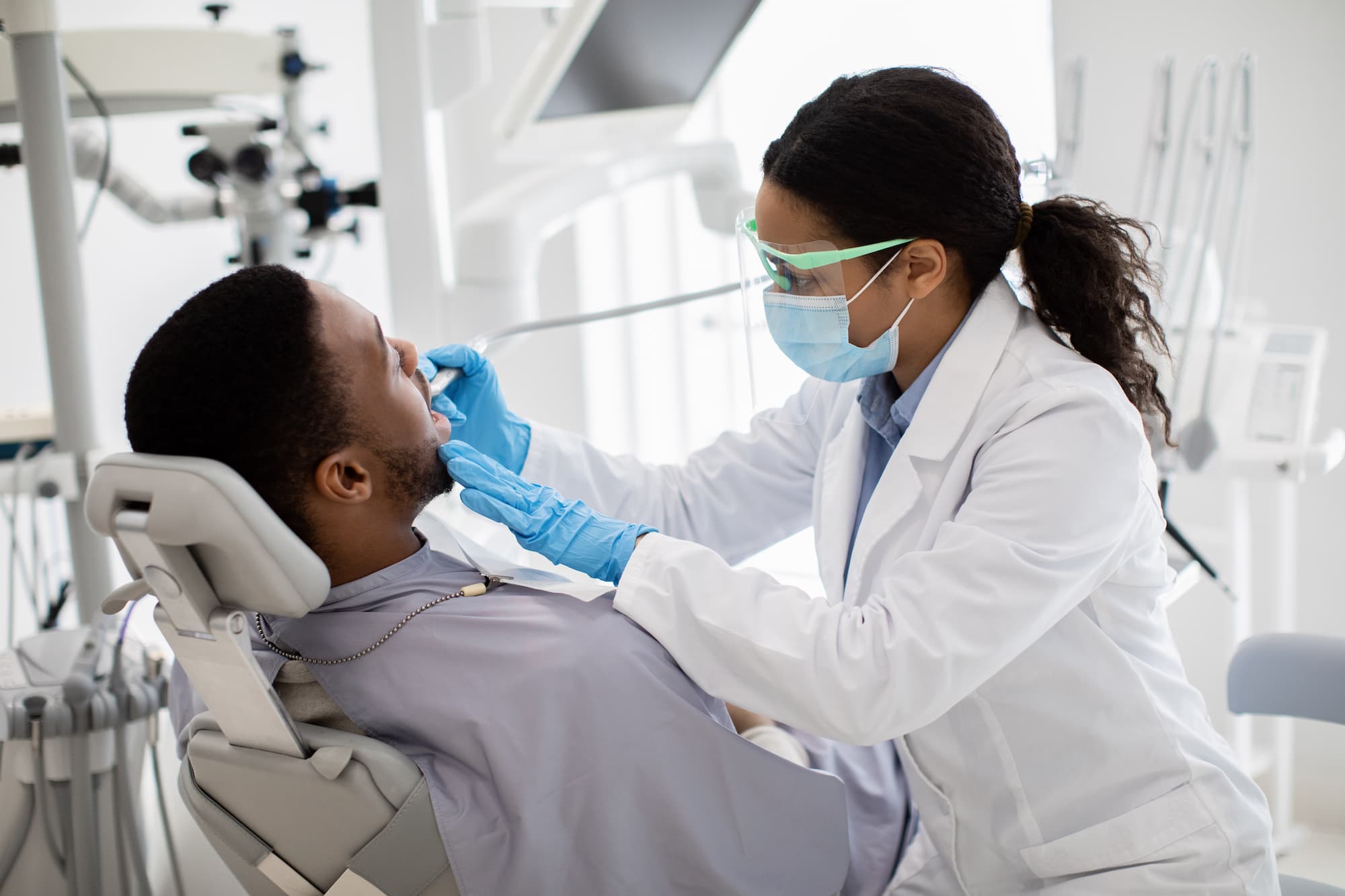Wisdom Teeth Removal
What is wisdom teeth pain and why do some people get it?
Wisdom teeth pain refers to discomfort or soreness in the back of the mouth caused by the eruption or impaction of the teeth. Wisdom teeth are the last set of molars to emerge, typically appearing in late adolescence or early adulthood, between the ages of 17 and 25.
The eruption can often be problematic due to several factors:
Lack of space
Most mouths may not have enough room to accommodate the additional teeth, leading to impaction or improper eruption.
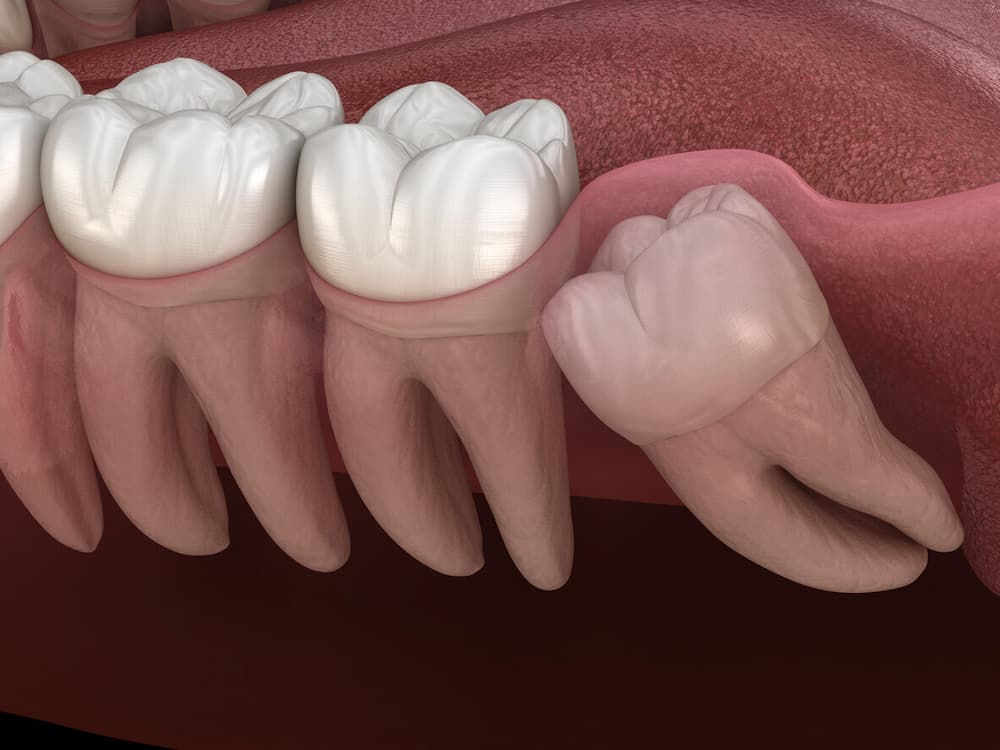
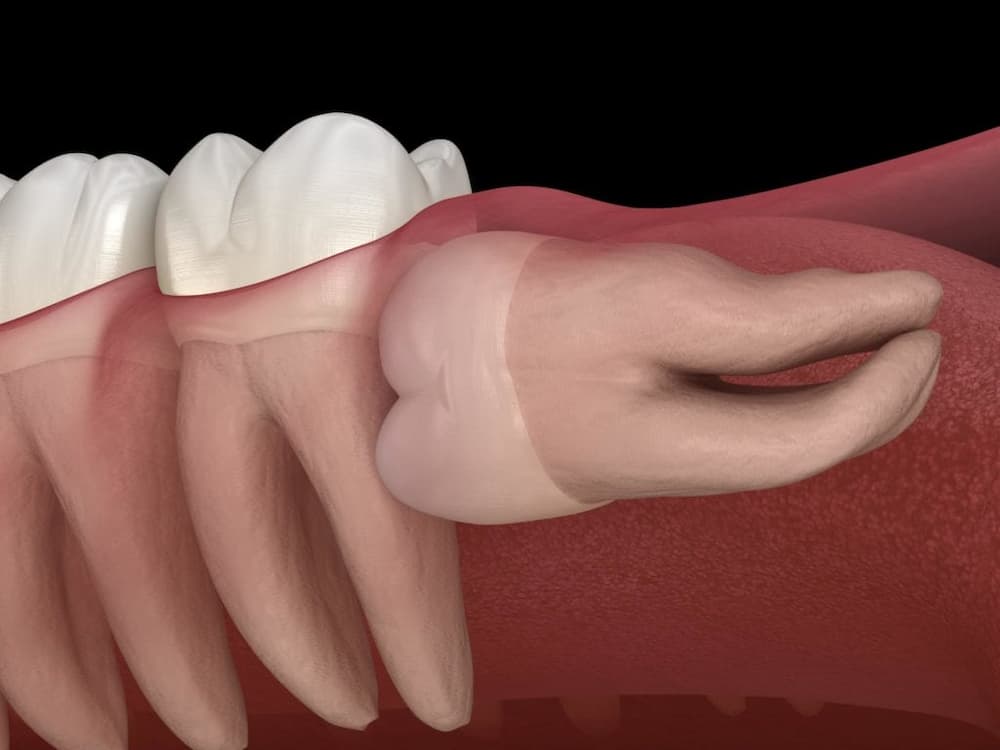
Angle of eruption
Wisdom teeth may grow in at an angle, horizontally, or vertically, which can cause them to press against neighbouring teeth or the jawbone.
Partial eruption
Sometimes, wisdom teeth only partially emerge through the gum tissue, creating a flap where food particles and bacteria can become trapped, leading to infection and inflammation known as pericoronitis.
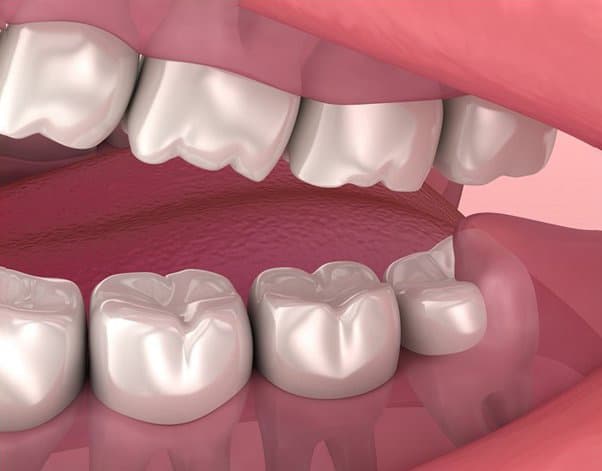
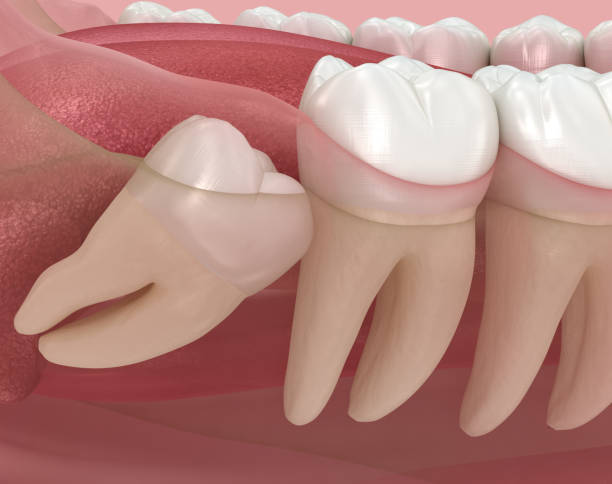
Crowding
The eruption of wisdom teeth can exert pressure on adjacent teeth, leading to crowding or misalignment of the teeth.
What are the symptoms most people experience with wisdom teeth pain?
- Throbbing or dull pain in the back of the mouth or jaw
- Tender or swollen gums around the erupting wisdom teeth
- Pain or difficulty opening the mouth fully
- Pain or discomfort while chewing or biting down
What can I do at home before seeing a dentist?
Treatment for wisdom teeth pain may include pain management techniques such as over-the-counter pain relievers, warm saltwater rinses, and applying cold compresses to the outside of the cheek. In cases of severe pain or complications such as infection or impaction, extraction by your dentist may be necessary to alleviate symptoms and prevent further issues.
What are the steps involved in extraction of a wisdom tooth
For an impacted wisdom tooth:
Consultation and Examination
We will examine your mouth and take an immediate onsite orthopantogram x-ray (OPG) to assess the position of your wisdom teeth and determine whether extraction is necessary.
Anaesthesia
Before the extraction, you’ll receive anaesthesia to numb the area around the tooth to be extracted. In some cases, you may also receive sedation to help you relax during the procedure. Please let us know if you require nitrous oxide sedation.
Incision and Access
For impacted wisdom teeth, an incision may be made in the gum tissue to access the tooth beneath. If necessary, a small amount of bone may be removed to fully expose the tooth.
Extraction
Using specialised instruments, we will gently loosen the tooth from its socket and carefully remove it. In some cases, the tooth may need to be divided into smaller pieces for easier removal.
Stitches
After the tooth is extracted, the extraction site may be stitched closed to promote healing.
Recovery and follow up
You’ll be given instructions on how to care for the extraction site and manage any discomfort or swelling after the procedure. We will also schedule a follow-up appointment to monitor your healing progress and remove any stitches if necessary.
For non-impacted wisdom tooth:
The procedure for a wisdom tooth that is fully through is different and much simpler than an impacted wisdom tooth. The steps typically involve numbing the area with anaesthesia (and additional sedation if required), loosening the tooth with dental instruments, and extracting it in one piece.
Contact us today if you require a consultation or emergency wisdom tooth removal.

